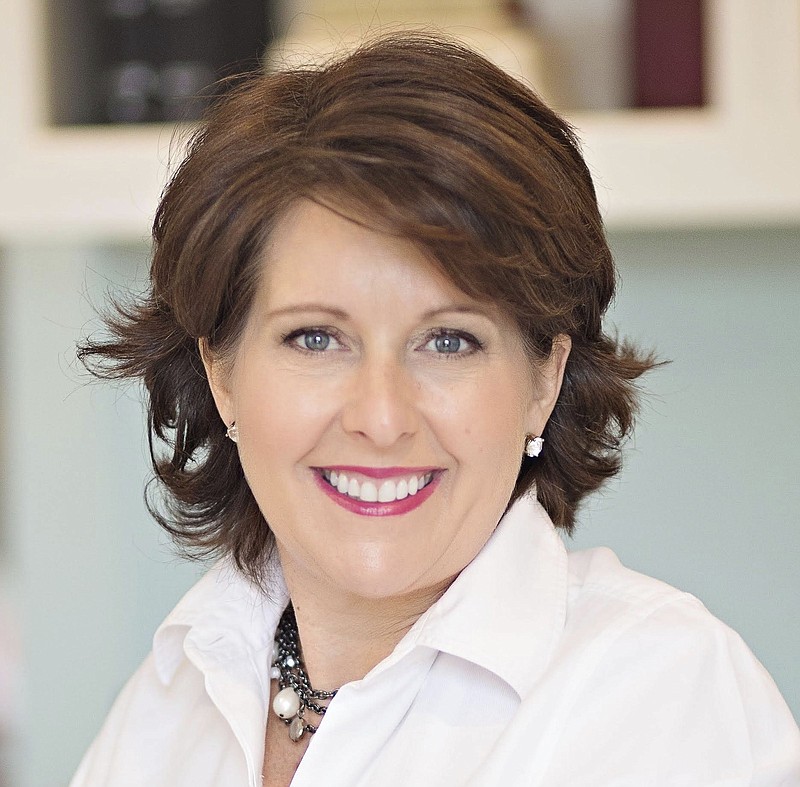We've all been there, torn between living in the moment versus planning for the future. From important aspects like work and parenting, to the more mundane like meal planning and what to watch on Netflix, the push/pull of these opposing forces can make even the smallest decisions seem fraught with consequences.
Do we work on the urgent problem of today or do we take the time to do some strategic planning?
Do we give in to our child's demand and keep peace in the moment? Or do we hold fast to our rules in the hope of helping our offspring become a self-disciplined person in the future?
Do we comfort ourselves with brownies and our favorite romcom? Or do we take the time to grill chicken and eat it over leafy greens as we watch that documentary that will surely make us an informed human being?
Our minds naturally gravitate toward a binary approach because it's an easier way to make sense of the world. Yet, intellectually, we recognize that operating exclusively in either realm (present or future) doesn't serve us well.
Dr. Tal Ben-Shahar, the instructor of Harvard's most popular class PSY 1504 (Positive Psychology), describes the process of achieving lifetime happiness as learning how to live for today and tomorrow at the same time. Rather than sacrificing one for the other, the ability to hold the tension of seemingly opposite goals enables you to make better decisions and live a happier life.
As my own understanding of this concept has deepened, I've come to recognize that the ability to hold the tension of opposites (for example, today and tomorrow) is the central underpinning for success in any endeavor. The goal is not to resolve the tension and move on, but to hold it and use it a creative force.
As you think about your own life, perhaps there are places where improving your own ability to hold (seemingly) competing tensions might help you. Two obvious places are:
Leadership: Do you push the team where you want them to go? Or do you listen, and let others take the lead? Instead of landing on one or the other, the most effective leaders go back and forth, often many times during the same meeting.
Love: Do you put your partner's (or friend's or parent's or child's) needs ahead of your own? Or do you communicate your needs along with the expectation that the other person will do their best to meet them? Psychological studies have shown that most of us err on one side, and we often choose a partner (or friend) who errs on the other. Breaking this pattern and moving into a place where both parties are proactive about voicing their needs and meeting the other's needs can be transformational.
F. Scott Fitzgerald wrote, "The test of a first-rate intelligence is the ability to hold two opposed ideas in the mind at the same time, and still retain the ability to function." As I work to deepen this skill in my own life, I draw inspiration from an 1872 religious text I found quoted in Fitzgerald's writings. "They did not mind stating apparently opposed truths; they knew that they could give to men a higher truth, in which the contradictories became two sides of the same truth."
Holding the tension of opposites on a project, in a relationship, and within ourselves takes confidence. You must be confident enough to sit with a level of ambiguity, at least for a while.
While sitting with uncertainty hardly seems like an action step, I've found that when you're intentional about doing it, results follow. Temporary uncertainty opens the door for more creativity and, according to the research, more happiness.
Lisa Earle McLeod is an advisor, consultant and speaker, who works with senior executives and sales teams around the world. Her clients include Salesforce, LinkedIn, Roche, Dave & Busters and Peterbilt Trucking. Her bestselling books include "Selling with Noble Purpose" and "Leading with Noble Purpose."
